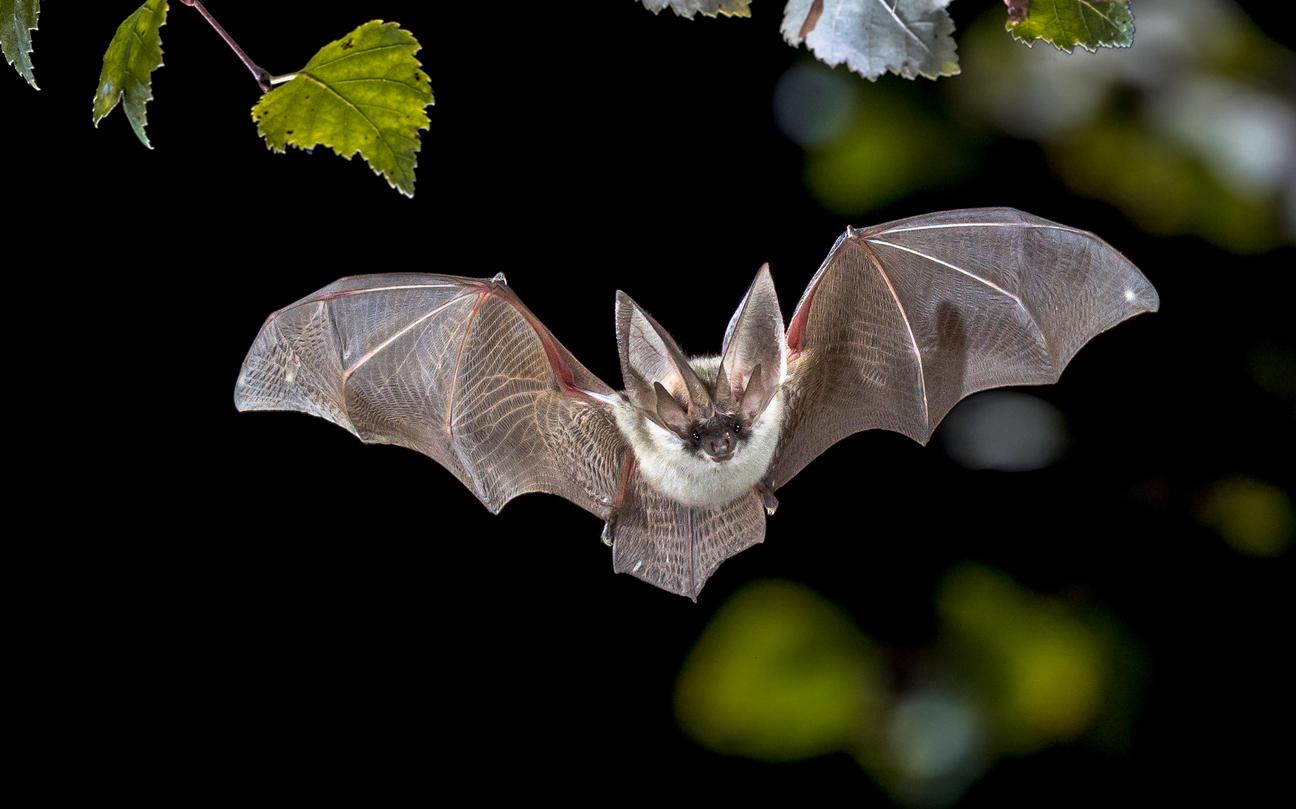This is the first time since 2002 that the rabies virus has been detected in a bat. Caution should therefore be exercised in contact with flying mammals.

Dracula is not back, but a Swiss case prompts you to be wary of bats. The Swiss authorities have indeed reported a case of infection by the rabies virus in an animal in the canton of Neuchâtel. This is the first recorded case for 15 years.
The infected bat was picked up by a man who found it on July 28, weakened and disoriented, on a sidewalk, reports The morning. This gesture of compassion towards a not always attractive animal turned against the Good Samaritan. That same evening, while he was trying to release her, she bit him on the index finger, before dying.
Preventive treatment
“As the bite was quite deep, the person went to the hospital, where he was automatically administered preventive treatment against the rabies virus,” explained cantonal veterinarian Pierre-François Gobat. The fears were quickly confirmed: on August 2, the test results fell: the bat was indeed enraged.
Since the eradication of rabies in foxes in Europe, cases of detection of the virus are extremely rare. But occasionally bats can become infected, and surveillance is in place. In Switzerland, 941 of them have been tested since 1976, revealing only three infections in 1992, 1993 and 2002, reports Science and the Future.
The still deadly rage
Rabies still kills tens of thousands of people a year around the world. It is caused by a virus found in the saliva of animals (dogs, foxes, bats and other wildlife). It is spread by biting, scratching or even licking on an area of damaged skin or on a mucous membrane.
The virus affects the nervous system. “After a few days to a few months of incubation most often, the affected individual develops a picture of encephalitis, explains the Institut Pasteur. The symptomatic phase often begins with dysphagia (difficulty swallowing) and various neuropsychiatric disorders, including anxiety and agitation. “Once the symptoms are declared, the outcome is, with a few rare exceptions, always fatal, in a few hours to a few days.
In the event of exposure, the treatment consists primarily of cleaning the wounds. Then a vaccination is prescribed, possibly accompanied by specific serotherapy. The patient undergoes 4 to 5 injections in a month.
Watch out for wild animals
Caution is therefore required with bats, as with all wild animals that appear weak or sick. For suspicion of rabies like other infectious diseases. The best instinct is to call the veterinary services. If the animal is dead, it is best to avoid touching it. It is best to put on gloves, or use tools to move it.
No vampiric panic either: the small flying mammals that can be found in Switzerland or France are generally neither dangerous nor aggressive. If you come across an animal in poor condition, contact a local office of the network of bats, bat specialists.
“In the event of a bite from a bat, you must systematically contact your doctor who will initiate the necessary prophylaxis measures”, remind the authorities of the canton of Neuchâtel in a press release.

.
















